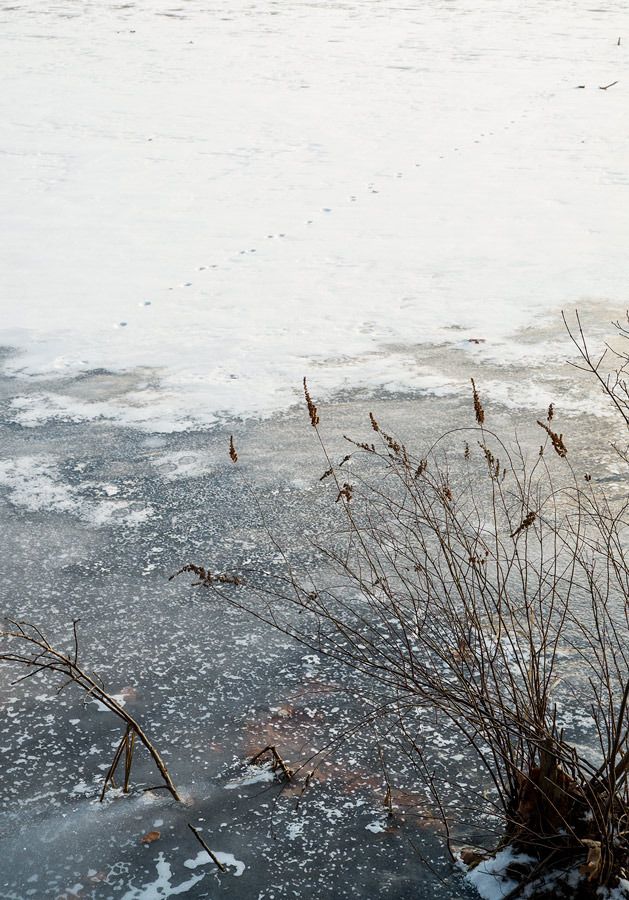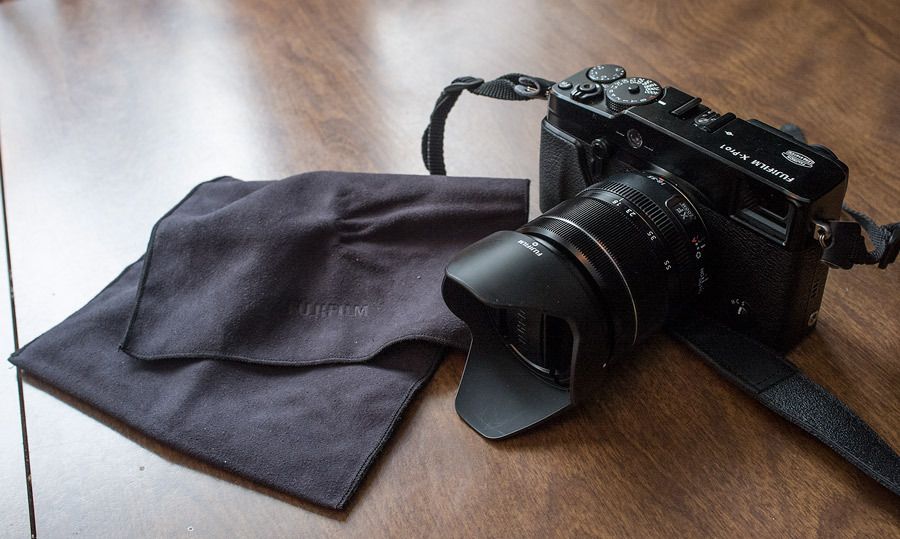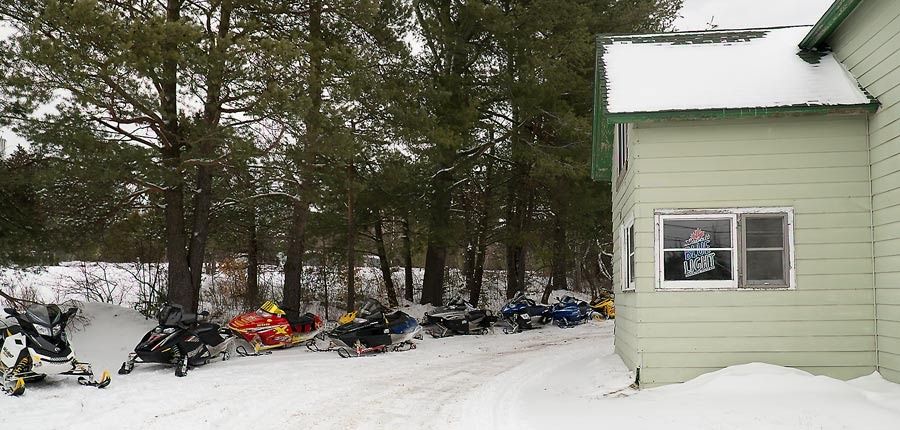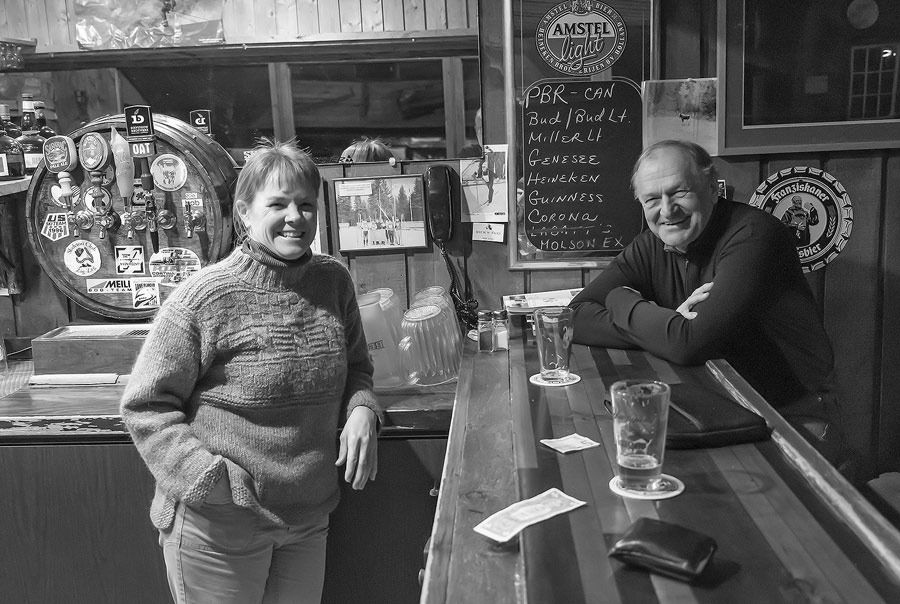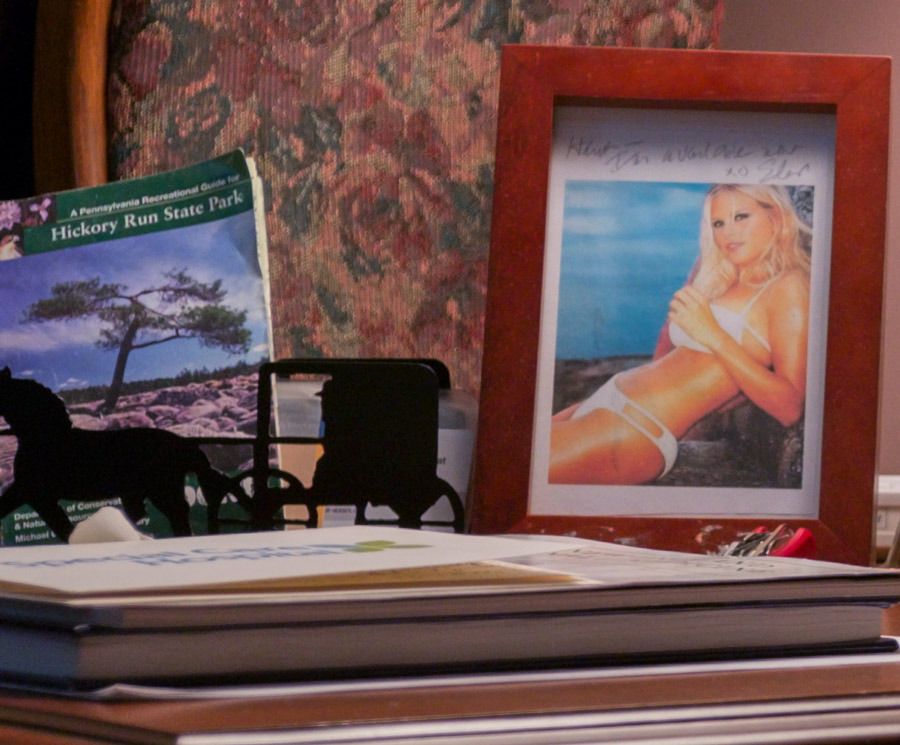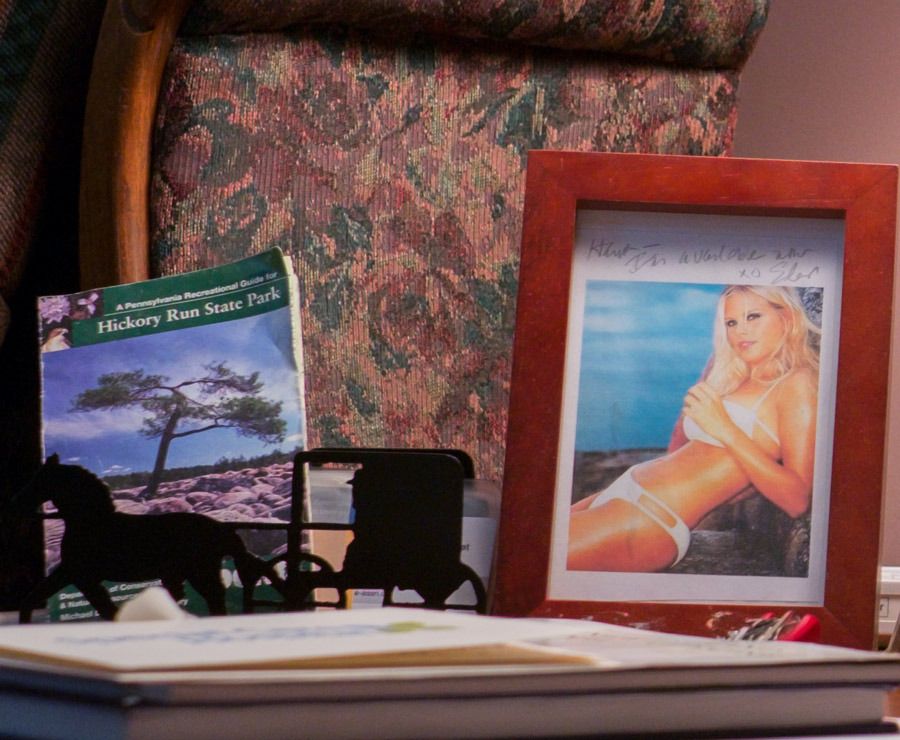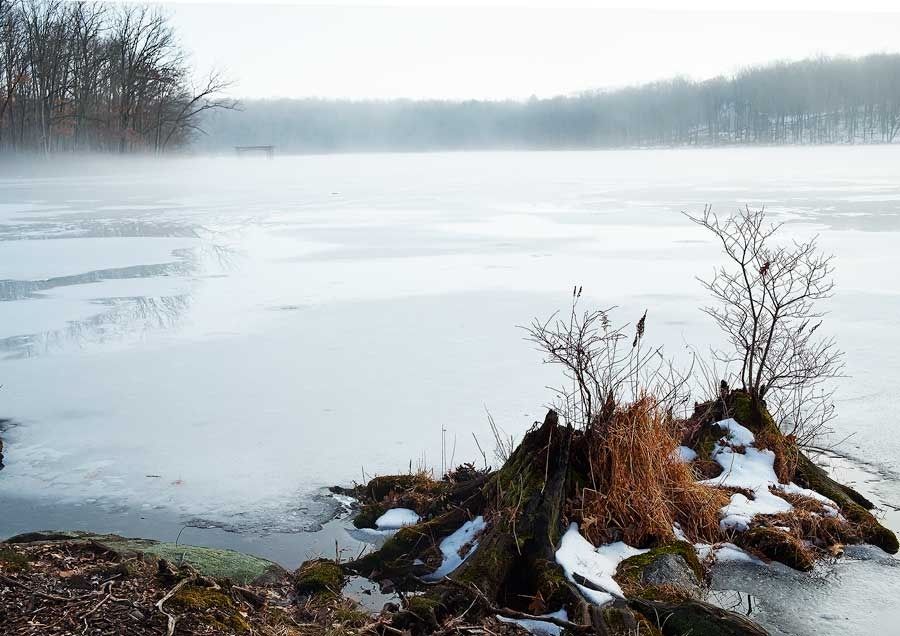
St John’s at Russian Christmas (Nikon D 600, Nikkor 50mm F1.8)
In the last several months, I’ve had a fair number of changes to my equipment collection.
When I acquire something new, I like to write about it, whether it’s a “keeper” or not. We’ve talked most recently on these pages about the Fuji X Pro 1. Given some new developments involving the technology surrounding that camera, there will be more to say. Now however, I want to talk about a camera acquisition I also have alluded to recently, the Nikon D600.
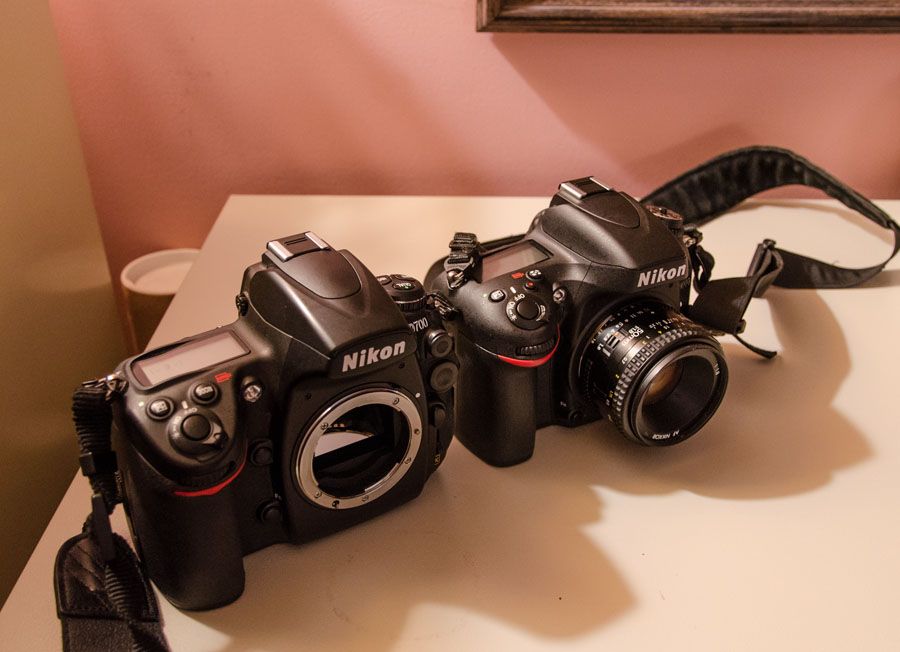
Nikon D 700 on right, D 600 on left (Nikon D 7000, 16-85mm f3.5 vr)
I acquired this device shortly before the X Pro 1, and was shooting it extensively up to the point where the Fuji arrived. As the Fuji was the older camera, I decided it would be more appropriate to offer my comments on that camera first, as I was already late in the game.
Now, on to the D600.
The D600 is closely related to previous Nikon DSLR designs, particularly to the D7000. Its body design follows a pattern seen in that “serious prosumer” camera bodies that Nikon has put out over the years. Happily, the specifications keep improving with each generation, to a point where they have become very credible professional tools on their own; less robust perhaps than the D800 or D4, but more than adequate for fairly heavy use. Now I am a somewhat leisurely landscape photographer, who will not be climbing in the Himalayas, or repelling off some cliff in the Amazon Basin. For me, these cameras are a nice combination of ruggedness, yet with reasonable weight.
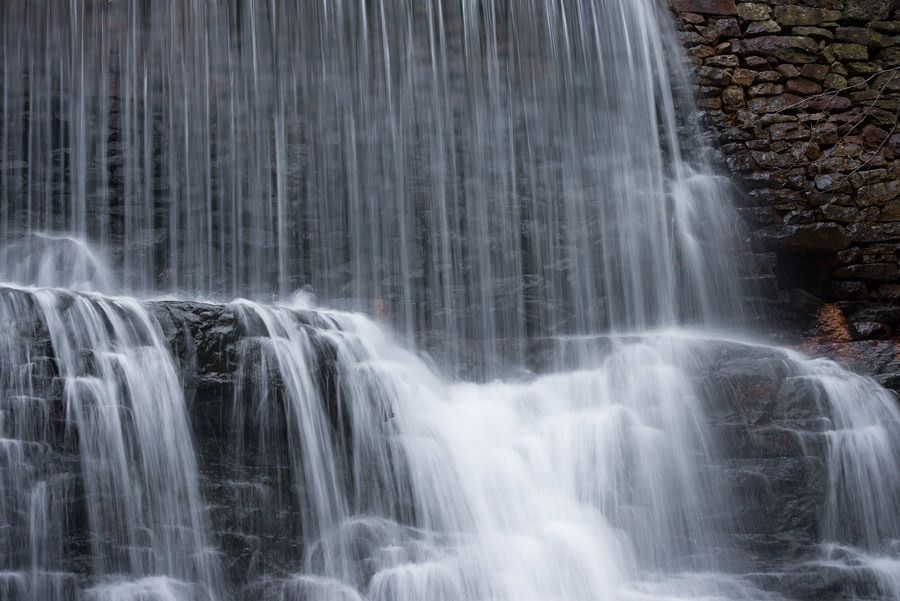
Cascade on “Shades of Death” Nikon D 600, Nikkor 28-70mm f3.5)
Perhaps the most important new feature on the body of the D600 is a locking button on the mode dial on the left upper top. This eliminates one of my main objections to that control style, vs. the three or four button knob in that location on the D700/800/D4 bodies. Every so often I will shoot with for instance, my D7000, only to find the mode dial has moved either to “program”, or to full manual; the latter setting particularly screwing up the exposure. With the D600, this should no longer happen.
There also some changes to the video controls on the camera, which are admittedly less interesting to me. When compared to the D7000, the D600 body is “puffed up” by about 10% visually. All of the good things about the earlier camera have been retained (and I really enjoy that earlier camera).
There are certainly some wonderful websites such as DPreview, where you can read an in-depth description of the camera functions, and menus. As always, I hope to convey to you the experiences of an “average” user and how the cameras features impact my photography.

Front Yard, January Sunset(Nikon D 600, Nikkor 50mm F1.8)
I have had a somewhat jaded approach to this camera. I admit being somewhat thrilled, but slightly intimidated, by the quality the sensor and its high-resolution. I’ve discussed here before that I have a less than robust collection of FX appropriate lenses. Other than some prime lenses, I own a 17-35 mm, f2.8, as well as the 70-200 mm f2.8. My best midrange zoom seemed to be a Tokina 28-80 ATX f2.8, which has not always been well reviewed but I always thought was quite sharp, at least on DX. I began to consider purchase of some serious glass, perhaps starting with the Nikkor 24 -70 mm F2.8. I looked through my lens collection to see what I wasn’t using, and could sell to fund this expensive purchase. The Tokina seemed a likely candidate for a quick eBay sale and I began to look for the box and packing materials.
But then it occurred to me that just maybe, I ought to consider shooting the D600 with the Tokina lens.
This particular lens, out of production now, is roughly as massive and heavy as the legendary Nikkor 28-70 mm F2 .8. The lens is beautifully finished with a black crinkle surface. Over the years its weight and size have tended to relegated to my storage closet as I have many DX lenses that seemed as sharp… and were a lot lighter. Nonetheless, I figured I ought to at least give it a try before selling it. I mounted the lens on the D600 and went hiking (with a tripod) in nearby Nescopeck State Park.
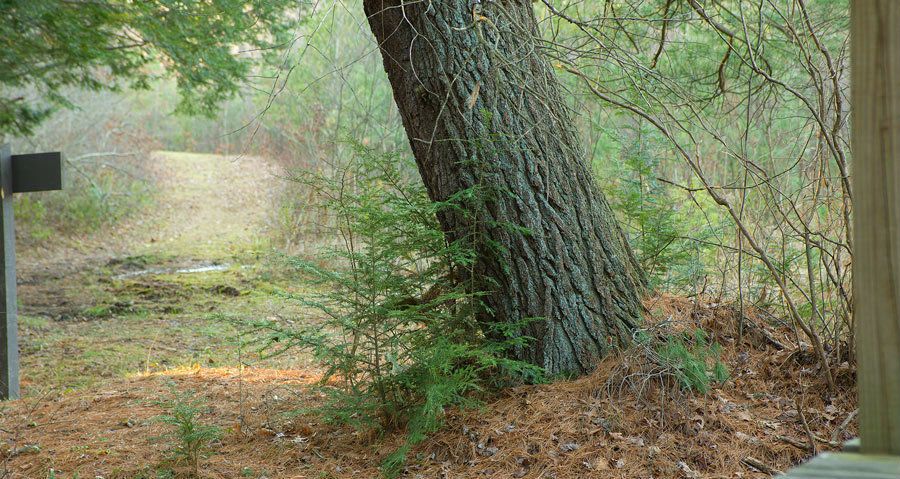
Pine on the Creekside Loop(Nikon D 600, Tokina 28-80mm f2.8 ATX Pro)
All I can say is wow! To my eye, this is a very fine FX lens, and is extraordinarily well matched to the 24-megapixel Nikon sensor. Contrast and detail are outstanding even at the edges of the frame. I say this, even after shooting the extraordinary 60 mm Fuji “X” lens. I’m not it selling it now.
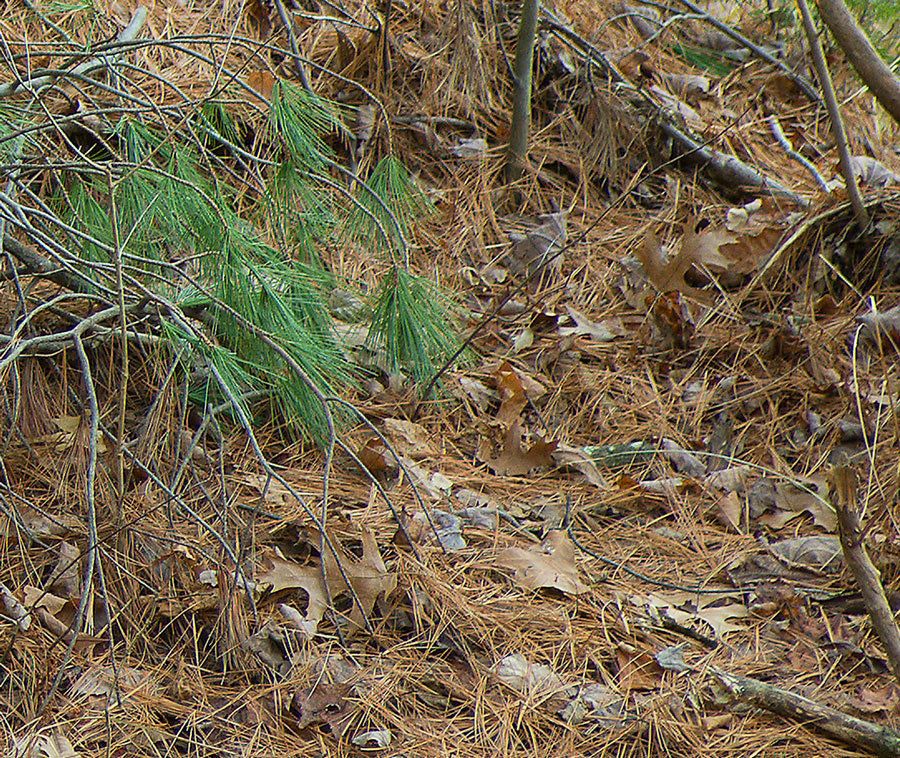
100% of above, lower right corner
I shot the 17-35 mm lens which is certainly excellent, though not quite so clear edge to edge. It’s still a wonderful optic, and to me it should certainly not be discarded on acquisition of the D600/800. The 70 – 200 mm VR lens (the first version) also to my eye looks fine, very sharp in the center and only slightly less so at the edges. Generally with a zoom of that range, I don’t care about the little vingnetting described by reviewers (which is easily corrected on processing), or whether the corners are absolutely sharp (version 2 of that lens is said to be better optimized for FX). For now I see no reason to upgrade to the newer version. That having been said, the main problem with all of these lenses is that they are seriously large and bulky. You’ll need a serious backpack to carry good FX glass, plus a tripod for great remote landscape photography.
There is another option. With the Nikon primes I own, the D 600 is wonderful. Shooting for instance with one of the excellent 50 mm Nikkors, is a delight. A handful of primes would seriously reduce what you would carry on your back.
I did acquire with a camera the “kit lens” the Nikkor 24-85mm f/3.5-4.5G VR lens. This is in fact a fairly reasonably sized midrange zoom with image stabilization. I’m not a lens snob, and I’d hoped this lens would be similar to the 16 – 85 mm VR DX glass, which is essentially parked on my D7000 and is quite sharp and contrasty. Unfortunately at least my copy of the lens was lackluster at best, and I returned it. Interestingly, the little Nikkor 28-70 f3.5 I wrote about here, looks better to my eye on the D 600, than the newer lens.
I shot some comparison photos as is de rigueur for these camera tests. I shot my usual test subjects with the D700, the D600, both with a Nikkor 50 mm f1 .8, and compared them to the X Pro 1 with its 35 mm f1 .4, (which on DX has nearly the same field of view)both at F 5.6. For the record, I developed them using the same raw developer (which currently cannot currently be named) which is said to be the best developer in particular for the Fuji files and also great for Nikons. I did not always use standard settings, but attempted to best optimize each image.
Here’s 100% crop of images I shot at ISO 320 on the X Pro 1 and the D 600
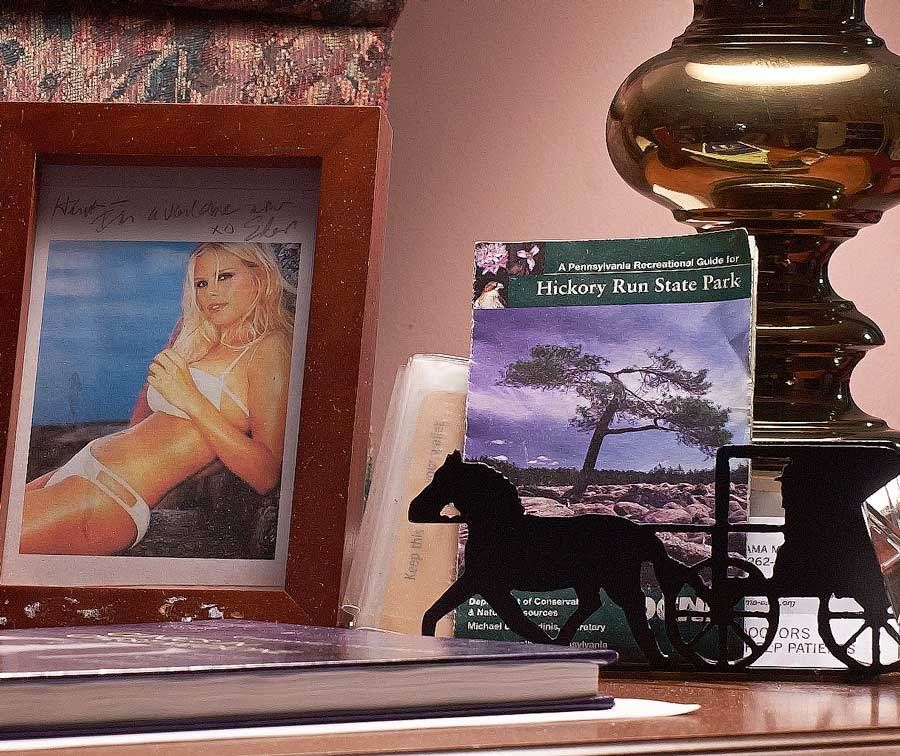
ISO 320(Fuji X Pro 1, Fuji X 35mm f1.4)
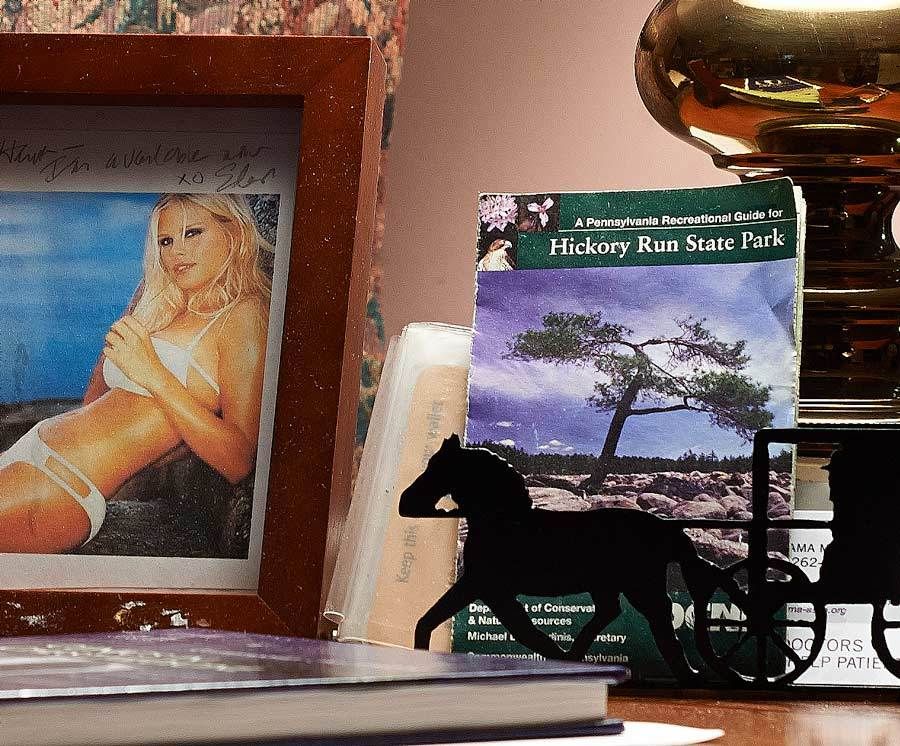
ISO 320(Nikon D 600, Nikkor 50mm F1.8)
Here’s a set at ISO 3200, including shots from the D 700:

ISO 3200 (Nikon D700, Nikkor 50mm f1.8)
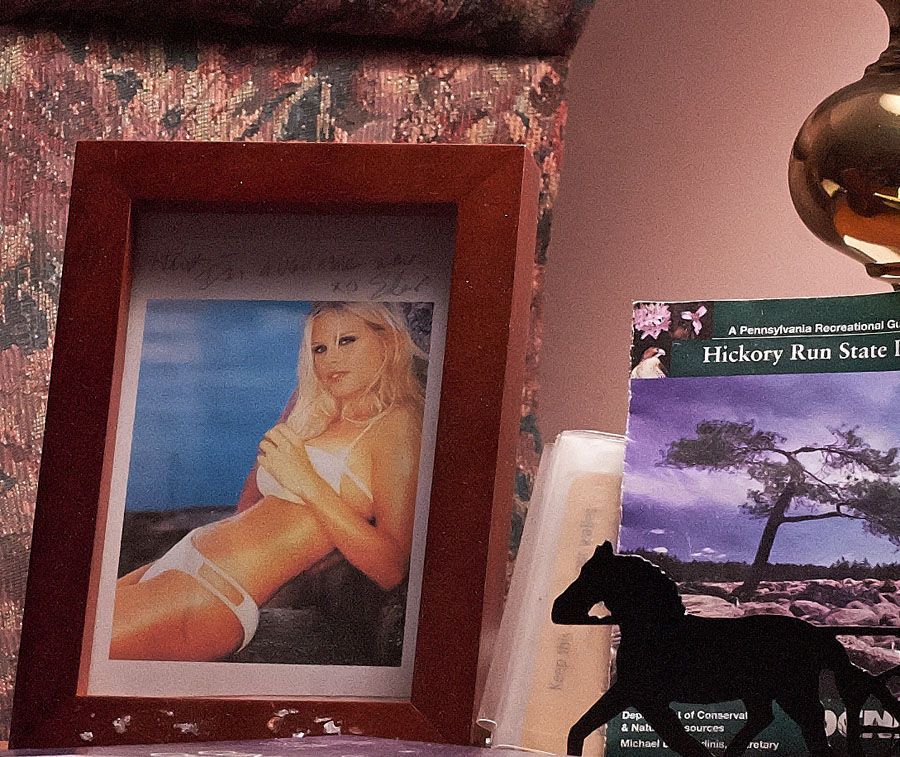
ISO 3200,(Fuji X Pro 1, Fuji X 35mm f1.4)
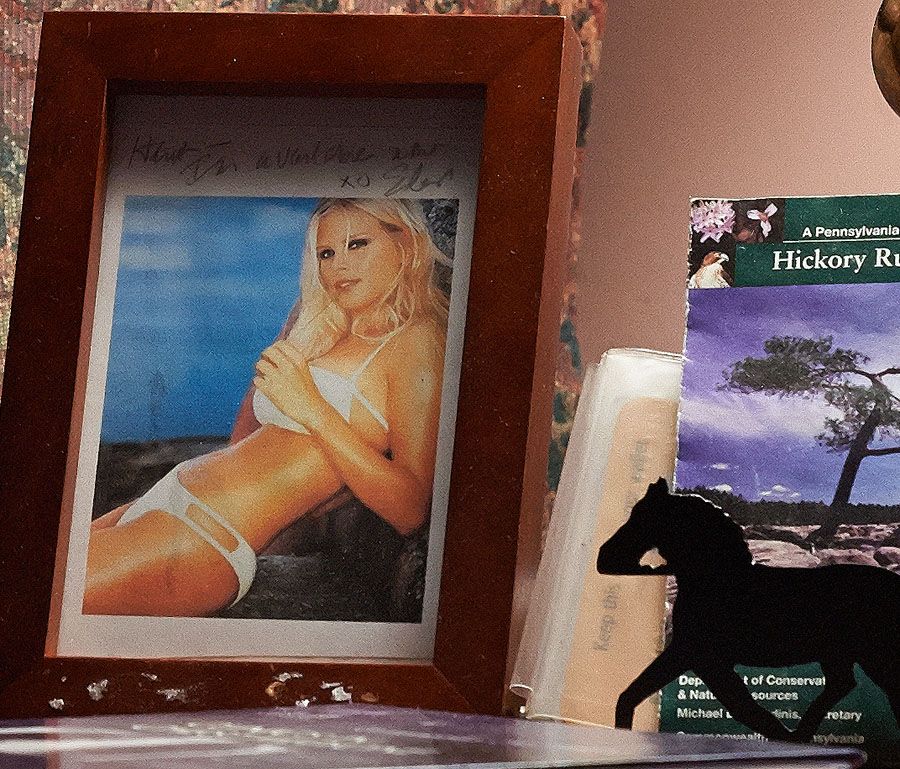
ISO 3200 (Nikon D 600, Nikkor 50mm F1.8)
In either the low or high ISO images, I think it’s clear that the Nikon has an advantage in resolution.
I think the high ISO noise rankings (higher is better) would be D 600 > X Pro 1 > D 700.
I’m impressed with the Fuji. The difference in resolution between it and the Nikon seems clearly less than the eight megapixels the sensor sizes would suggest. This is probably the cause of the removal of the anti-aliasing filter on Fuji. Again, I think the high ISO images suggest that the D600 is better than the Fuji, which is slightly better than the D700. That camera, even allowing for the different image magnification of its smaller files at 100%, clearly has less resolution, and noise suppression than the other two. It’s amazing how good these imagers are getting.
I’m actually rather impressed that the Fuji does not lose ground to the Nikon D600 as the ISO numbers increase. The newer Nikon in my mind however, is a clear winner here.
I should also mention that in playing with the files, the dynamic range of the camera seems very high. This camera appears to have some of the same abilities to lift the shadows as its older sibling the D7000. It also does a very nice job at highlight detail retention. In this regard it feels almost like my old Fuji S5 pro. On a raw image, you can dial back what appears to be a blown out sky or snowfield, and find that there is significant detail available.
One issue with this camera has to do with the autofocus. There been reports that the performance of the autofocus on this camera is mediocre, compared to cameras higher up in the Nikon line. To me the autofocus always functioned well, but my main frustration was the rather restricted area of autofocus points in the viewfinder. This is very frustrating for landscaping. It can be very difficult to bring a focus point for instance on a spot in the periphery of the image. Then I realized that a simple solution for this is to move to “live view” while, particularly on a tripod, which brings to bear the camera’s very adequate contrast detection autofocus system which can cover the entire frame. Problem largely solved.
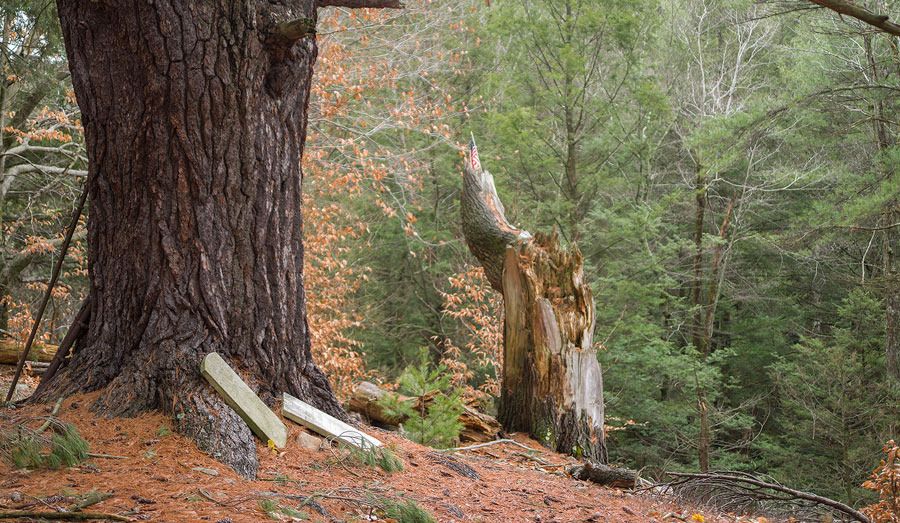
Old Cemetery, Hickory Run (Nikon D 600, Nikkor 28-70mm f3.5)
One other issue I think deserves discussion. Some very thoughtful photographers have written about the importance of using careful shot discipline, if we’re to extract all of the high-resolution of these devices. As the megapixels increase, it seems logical that we may increasingly rely on camera stabilization devices, whether physical or electronic, in order to prevent motion blur. The larger mirrors in the full-frame digital SLRs such as the D600 can cause issues with camera motion when they swing up and out-of-the-way on shutter activation.
Also with FX Nikon cameras is that the few image stabilized lenses available tend to be rather large and not particularly fun to carry around ( excepting the little Nikkor 28-70).I did do some free hand shooting with the D 600 and noted that it was fairly difficult at times, to prevent motion blur, unless one used at least a monopod. Now I don’t shoot thousands of frames every day, and there are pro shooters who are so steady, and have such good technique, that this may not be a problem for them. For me however, I need to be careful.
For these reasons, I believe that mirrorless devices such as G series Panasonics, and the Fuji X cameras, which are smaller than full-frame DSLRs and offer lenses with image stabilization, will likely be my choice for free-hand shooting. I find, for instance, that the mirrorless cameras are much more forgiving in this setting. I get much less motion blur with even the non-stabilized 60 mm lens (90 mm equivalent) on the X Pro 1 then I do with shorter lenses on the D 600.
At any rate, that Nikon D600 is a wonderful camera and will add significantly to most shooters capabilities, both out in the woods, on the street, and in challenging low light situations. For me the camera’s weatherproofing makes it a natural choice for use when it’s raining and snowing, and its small size and lightweight but sturdy build make it a good companion out in the wilds. The only disadvantage of the FX format is the need for larger lenses, and some sort of camera stabilization.
When you comply with its needs however, the results are wonderful.
